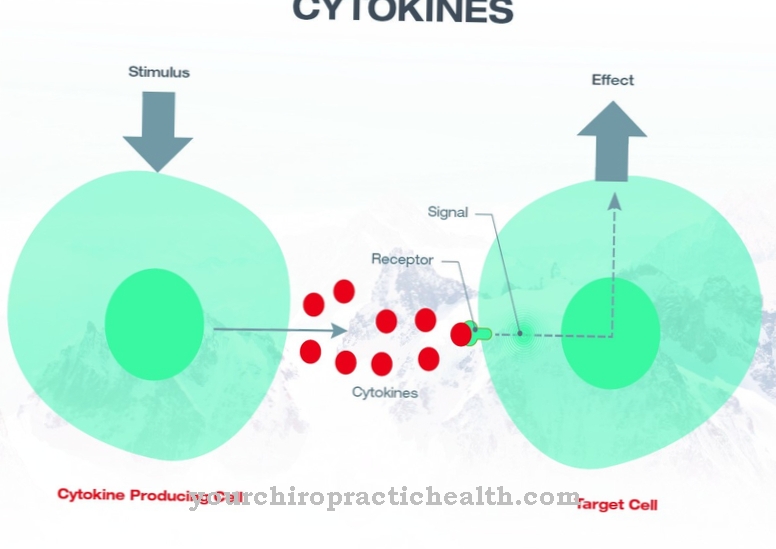The eye is considered to be the most important human sense organ. The eye enables optical perception, seeing. This happens in cooperation with the brain - the eye receives light stimuli, which the brain processes for optical perception.
What is the eye

To process light reflexes into optical perception, humans have two eyes. These react to electromagnetic radiation, light. The eyes, together with the brain, enable the perception of colors.
In addition to this task of letting people see colors, the nature of the eyes is also responsible for visual acuity. Because the eye is so important to humans, it is anatomically protected. The eye is protected in the eye socket and for further protection from external influences, the lid with the eyelashes is in front of the eye.
This closes reflexively and if something, for example a speck of dust, gets into the eye, tear fluid is produced, which washes out the foreign body. When you look into the sun, it is difficult not to blink or to keep your eyes open. This is also a protective mechanism of the eye.
Anatomy & structure
The anatomy of the Eye is very complex, it consists of muscles, receptors, skin and nerves. The eye itself is the vitreous body that is located behind the eyelashes.
This is surrounded by the dermis and in front of the pupil it is detached from the cornea for a while before it continues. Behind it is the pupil, surrounded by the colored iris, also called the iris. Behind the iris is the lens, it is embedded in the ciliary muscle.
On the other side of the vitreous humor, opposite the lens, so to speak, is the retina; it runs roughly along the rear half of the vitreous humor. In its middle is the optic nerve, which transports the stimuli from the eye to the brain.
Functions & tasks
How the Eye proceeds with the help of receptors. The light reaches the vitreous humor through the pupil and the cornea. The lens breaks the light rays from outside and transmits them to the retina. This is where the color receptors are located, which process different color tones and brightnesses.
That is about a hundred million sensory cells that make their contribution to our eyesight. They convert the incoming light rays and pass the signals on to the optic nerve. They are divided into rods and cones. While the rods take care of the brightness, the cones are responsible for the colors. They are divided into three types - red, blue, and green sensitive.
Their information to the brain enables color to be seen. In the dark, people no longer see any colors because these cones only work in good light conditions. The suppositories are more sensitive, they also work at night.
The ciliary nerve is responsible for the focus of the lens. If it contracts, the lens focuses. If you look relaxed or if you sleep, this muscle remains loose in the eye.
Diseases
In humans there are a number of ailments and illnesses that are related to the eyes may occur. Various visual impairments that can be remedied with glasses, contact lenses or even with operations are very common.
Myopia, for example, means that things that are further away from the eye are not seen in focus, but rather blur. This can have various causes and is measured in diopters. The opposite of this is farsightedness. Here you see things that are nearby, not as clearly as you should. Astigmatism is a curvature of the cornea that affects vision just as often. It can be combined with nearsightedness and farsightedness and causes distorted perception.
There is also color ametropia and color blindness caused by a defect in the retina. It affects more men than women. There are two types. The lack of the ability to see colors at all and the red-green poor eyesight. The so-called night blindness makes it difficult to see at night and at dusk.
You can find your medication here
➔ Medicines for eye infectionsTypical & common eye diseases
- Eye inflammation
- Eye pain
- Conjunctivitis
- Double vision (diplopia)
- Photosensitivity














.jpg)













